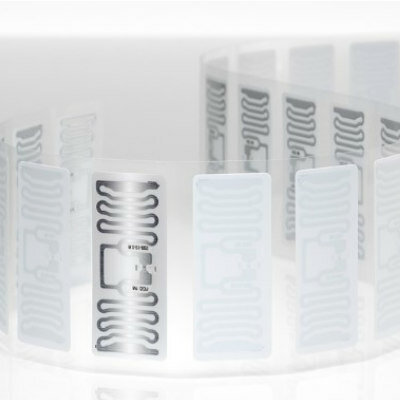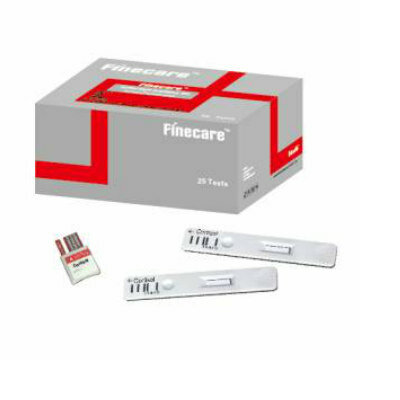Computerized Drug Screening Yields New Remedy for Leishmaniasis
By LabMedica International staff writers
Posted on 25 Nov 2009
Drug developers combined high throughput screening methodologies with computational algorithms and multiple confirmatory assay formats to identify and characterize new drugs of potential value for the treatment of leishmaniasis.Posted on 25 Nov 2009
Leishmaniasis is a parasitic disease with cutaneous, mucocutaneous, and visceral clinical manifestations, depending on the Leishmania spp. and human host. Worldwide, there are some 350 million people at risk of contracting the disease, but current treatment options rely predominantly on outmoded pentavalent antimonials, which have the potential to cause serious systemic toxicity.
Investigators at the University of Pittsburgh (PA, USA) screened nearly 200,000 chemical compounds while looking for those that would inhibit the growth of the promastigote form of the Leishmania parasite. The screening process combined a growth inhibition assay with a structural computational filtering algorithm.
Results published in the November 3, 2009 online edition of the journal PLoS Neglected Tropical Diseases revealed the discovery of several hundred candidate compounds. Screening of several candidate drugs against human cell lines demonstrated their safety and specificity. Eventually a computerized selection process resulted in the in vivo testing of the most promising drug, disulfiram. This compound proved to be highly effective in a mouse footpad-growth experiment.
"In a million years, we would not have thought about using a compound such as disulfiram for leishmaniasis," said senior author Dr. John S. Lazo, professor of pharmacology and chemical biology at the University of Pittsburgh. "It has appeal because it has already been widely used and is inexpensive, but in its current form, it might not be the best option to treat the infection. We plan to develop it further to improve the compound's potency and efficacy."
"We are making real progress in our effort to find new drugs to treat what I would call the most neglected of the neglected diseases," Dr. Lazo said. "And the method we have developed could be applied to find treatments for other parasitic infections, which are an enormous global health burden."
Related Links:
University of Pittsburgh













